Immerse yourself in the lively history and traditions of Iran by visiting the Jameh Mosque of Isfahan, a representation of the country's diverse culture and impressive architectural skill. Representing both belief and growth in creativity, this massive building holds within it more than a thousand years of hard work and worship. Come with us as we explore the fascinating history of the Jameh Mosque, discovering where it came from, its amazing architecture, and why it is still important today.
Video: Jameh Mosque of Isfahan: A UNESCO World Heritage Site
Origins: Echoes of Antiquity
The story of the Jameh Mosque begins modestly in the 8th century under the patronage of the Abbasid caliph Al-Mansur. Constructed with mud bricks and adorned with stucco embellishments, the original structure laid the foundation for centuries of architectural evolution. Archaeological findings hint at a pre-Islamic past, possibly dating back to the Sassanid era. The Jameh Mosque of Isfahan stands as a beacon of history, its roots intertwined with the ancient city's narrative. While the exact founding date remains debatable, its establishment is traced back approximately 2000 years ago. Historical records attribute its formal inception to the Umayyad Caliphate in the 8th century, serving as a modest sanctuary for Isfahan's Muslim populace. The Seljuk Turks left an indelible mark on the mosque during the 11th century, introducing the iconic four-iwan design that became emblematic across Central Asia. With the support of notable figures like Nizam al-Mulk, the mosque witnessed significant renovations, including the construction of grand domes and elaborate muqarnas decorations.
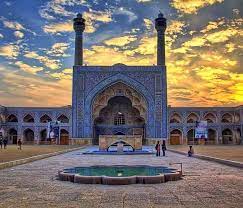
Architectural Evolution: A Symphony of Styles
Over centuries, the Jameh Mosque underwent remarkable transformations, reflecting the architectural sensibilities of successive dynasties. The Seljuq Turks introduced the iconic "four-iwan" layout, framing grand vaulted arches that epitomized the mosque's majestic allure. Subsequent periods witnessed further embellishments, with the Ilkhanate and Timurid eras adorning its walls with intricate tilework and calligraphic inscriptions.
The Safavid Renaissance: A Glimpse of Splendor
The pinnacle of the Jameh Mosque's architectural splendor emerged during the Safavid dynasty. Under the patronage of Shah Abbas I, the mosque underwent extensive renovations, adding the Sheikh Bahauddin School and the expansive Imam Ali courtyard. The addition of mesmerizing mosaics and vibrant tilework adorned its domes and facades, marking a zenith of Safavid artistic achievement.
Cultural Confluence: Nexus of Faith and Community
Beyond its architectural magnificence, the Jameh Mosque serves as a cultural and religious nexus, intertwining with the fabric of Isfahan's urban landscape. Nestled within the bustling Grand Bazaar, it has been a center for worship, learning, and communal gatherings, embodying the spiritual heart of the city.
UNESCO Recognition
In 2012, the Jameh Mosque was rightfully recognized as a UNESCO World Heritage Site, cementing its status as a global treasure. Visitors from around the world flock to Isfahan to marvel at its soaring domes, intricate brickwork, and expansive courtyards, immersing themselves in a profound exploration of Islamic art and history.
A Living Legacy: Bridging Past and Present
Today, the Jameh Mosque continues to captivate visitors, offering a window into Iran's rich cultural heritage. Its sprawling courtyards, adorned with reflective pools and lush greenery, evoke a sense of tranquility amidst the city's hustle and bustle. As a UNESCO World Heritage Site since 2012, it stands as a testament to the enduring legacy of Islamic art and architecture.
Reflections on Time and Faith: Inviting Contemplation
Walking through the Jameh Mosque's expensive courtyards, one is reminded of the transient nature of human endeavors and the enduring power of faith. Its intricate brickwork and towering domes beckon contemplation, urging visitors to reflect on the interplay of history, spirituality, and cultural heritage.
In conclusion, the Jameh Mosque of Isfahan transcends its physical form, encapsulating the essence of human aspiration and divine inspiration. As guardians of this historical treasure, it is our collective responsibility to preserve its legacy for generations to come.



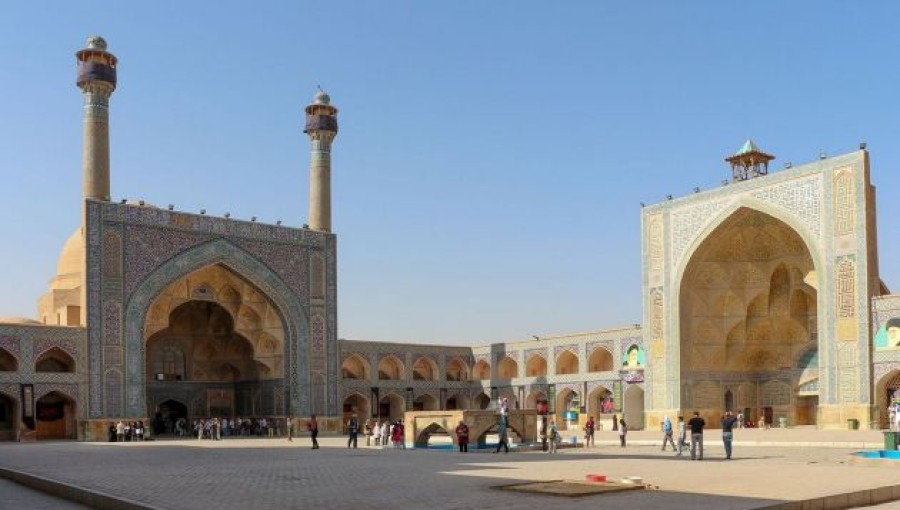
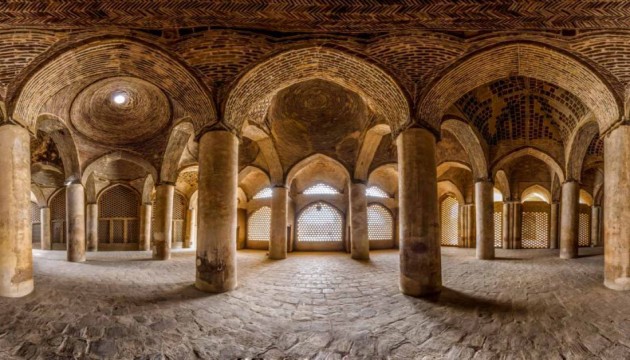


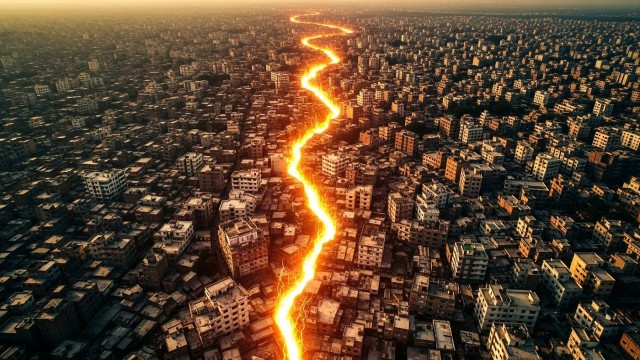


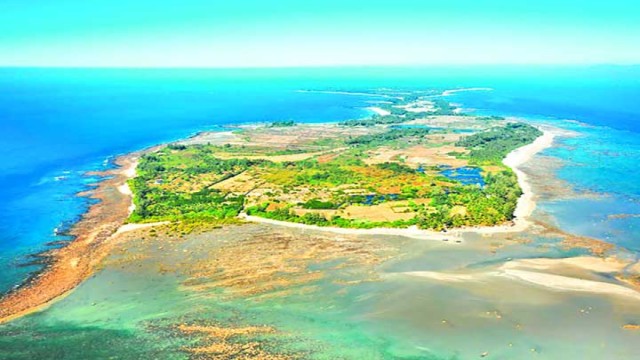
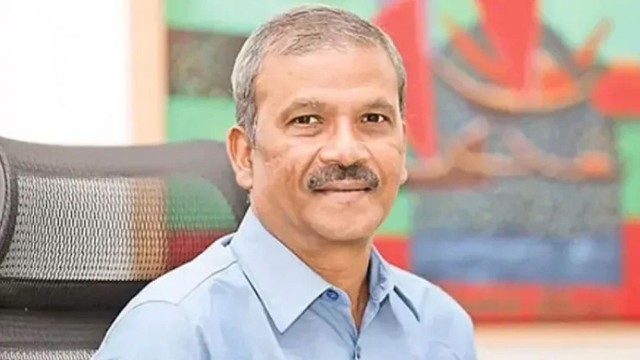
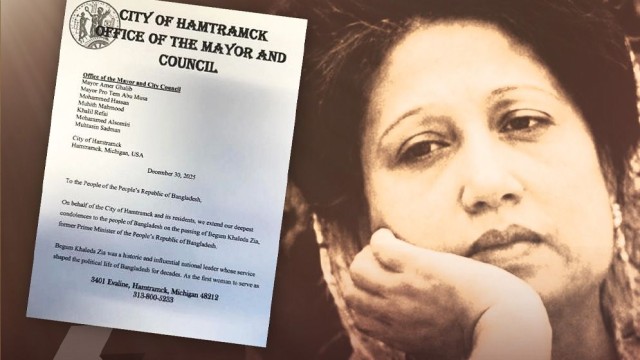











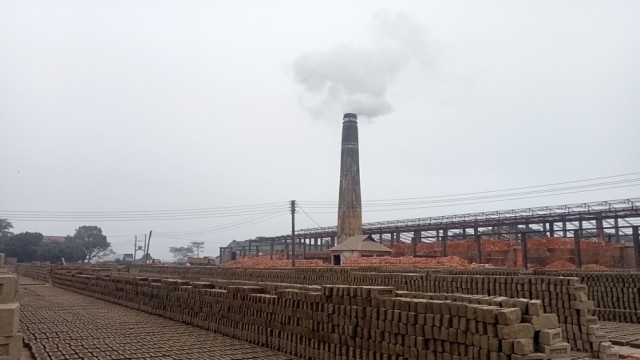
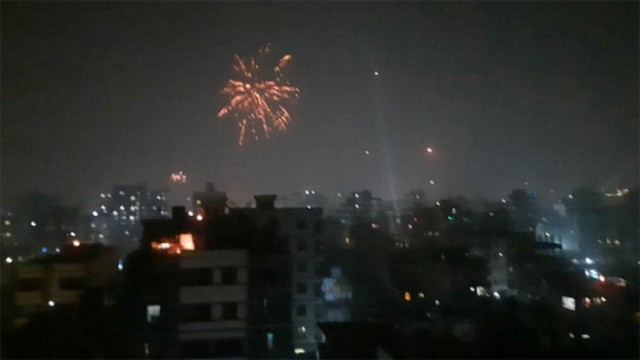

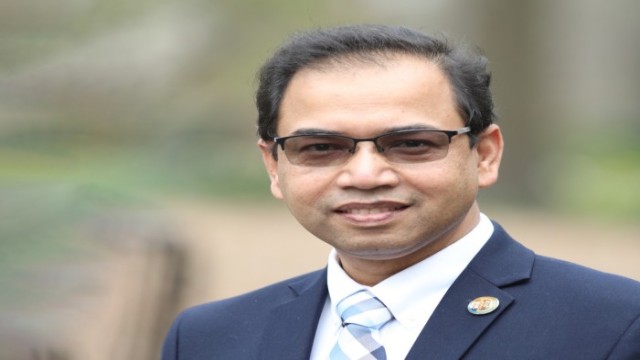
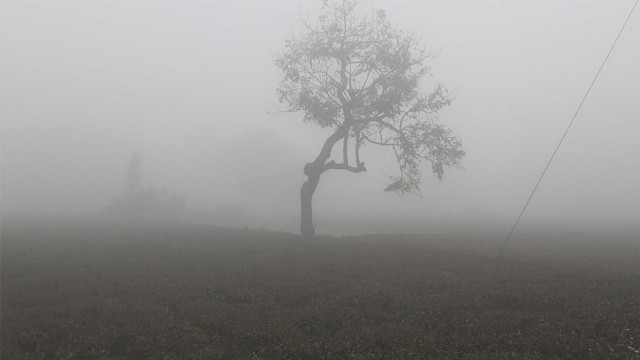

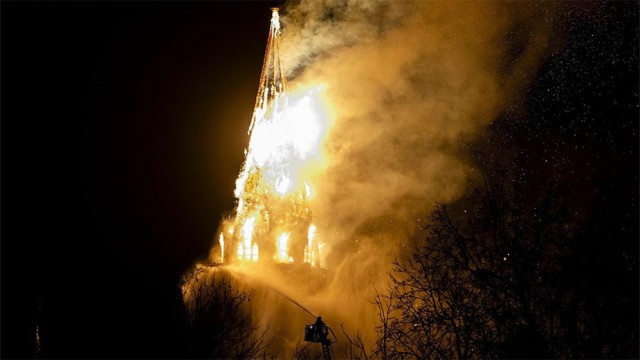

Comment: